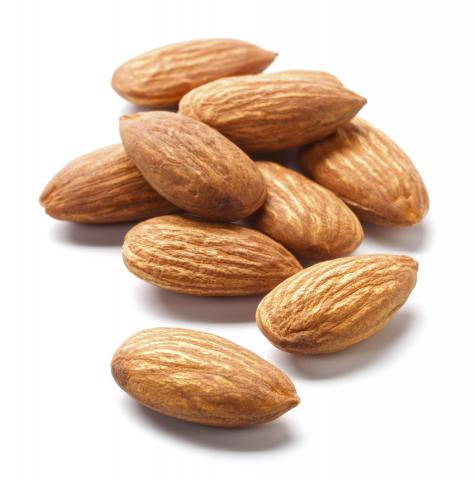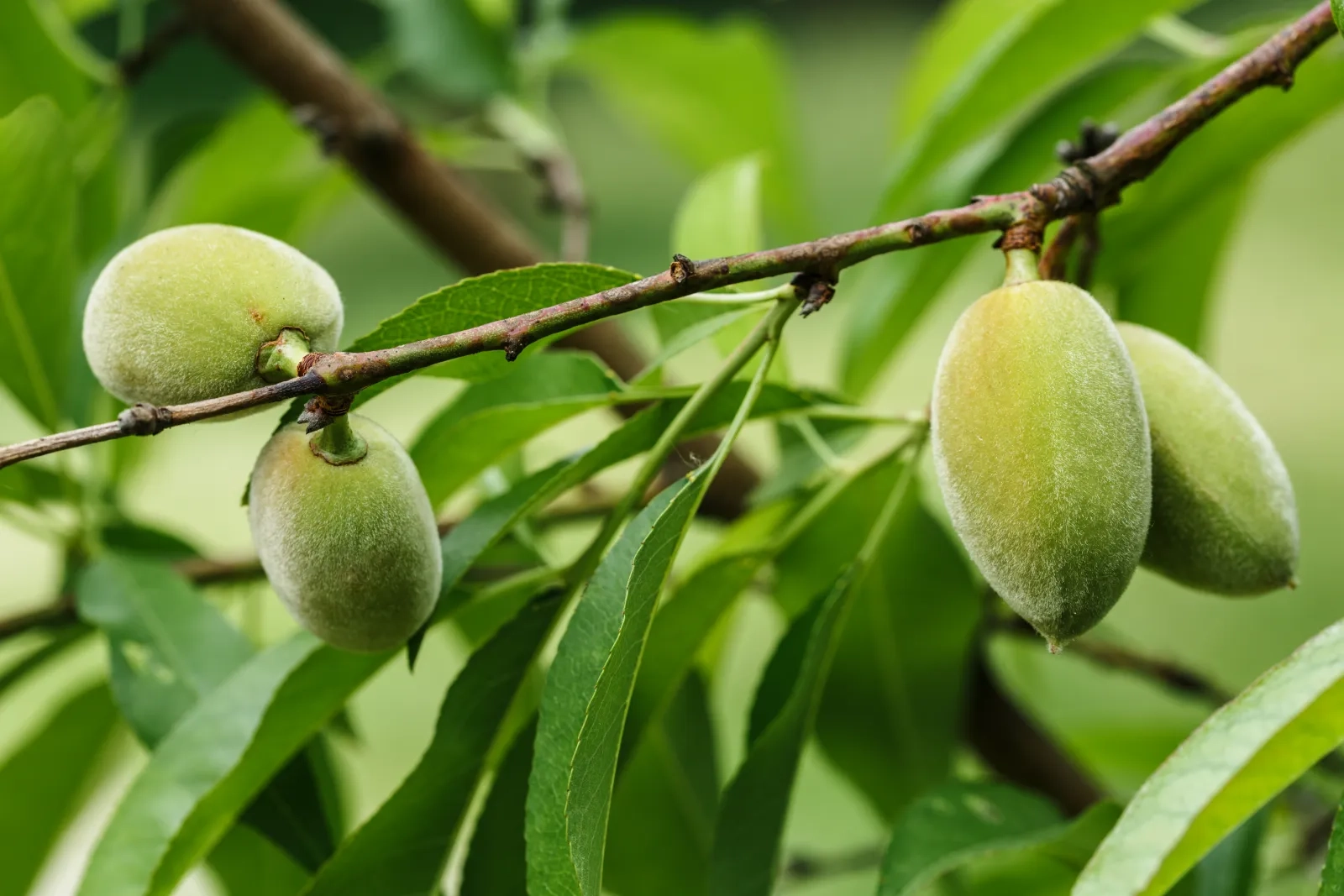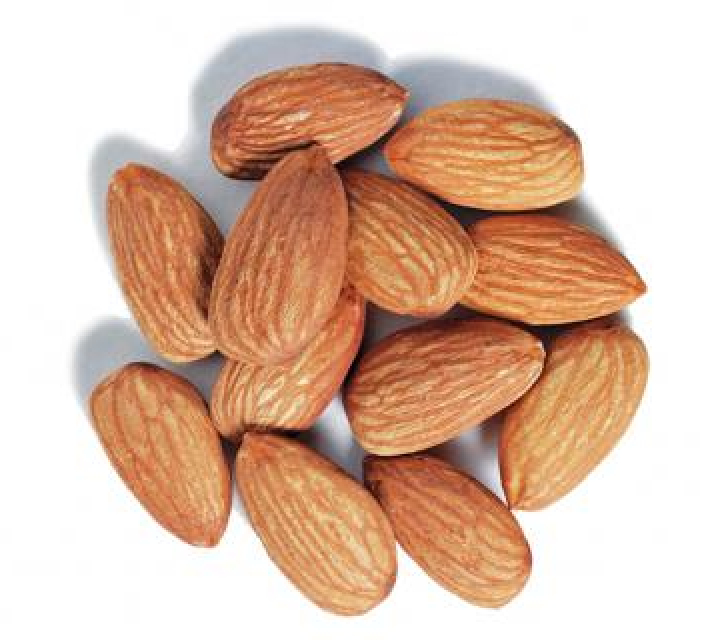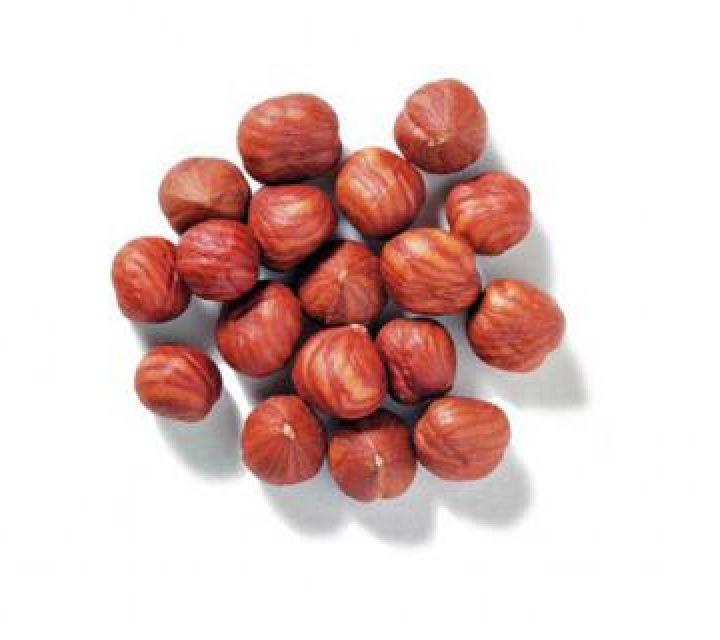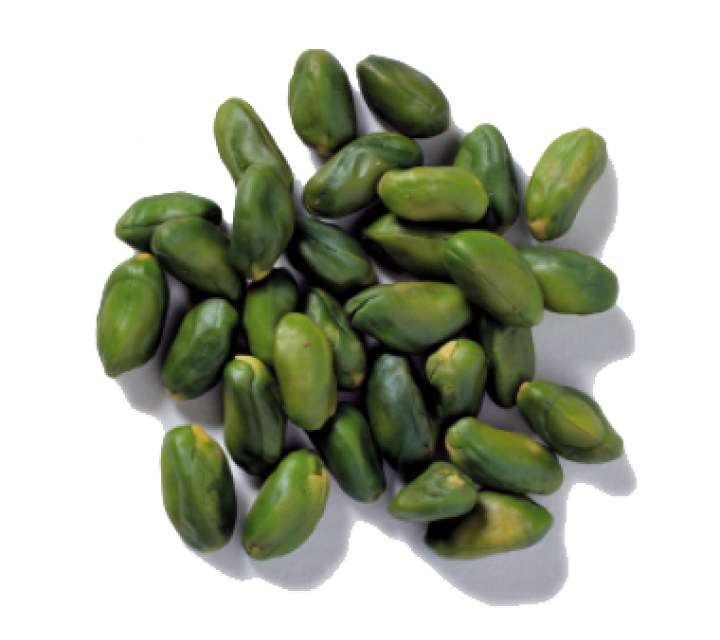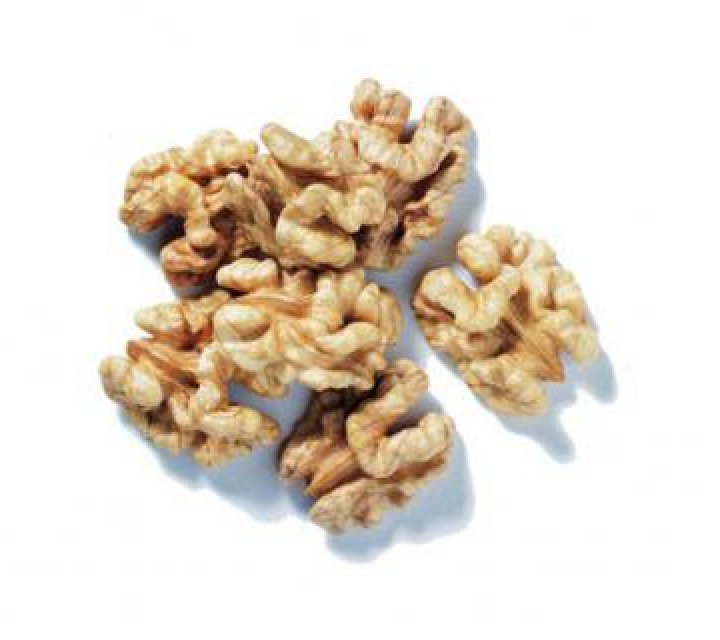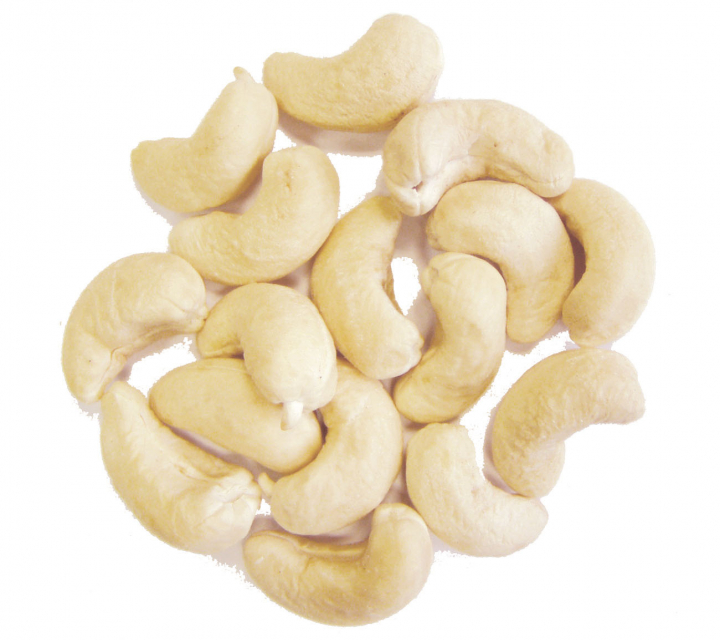Bitter almond kernels
Syria
Uzbekistan
Morocco
Iran
Kyrgyzstan
Türkiye
Standard, calibrated, FAQ
Blanched
Calibrated, whole & broken
Preparations
diced, ground
Further qualities on request
All products are also available from certified organic cultivation.
For product specifications, please contact:
Dirk Elsmann (d.elsmann@keyaniyan.de)
Katrin Ohlhoff (k.ohlhoff@keyaniyan.de)
